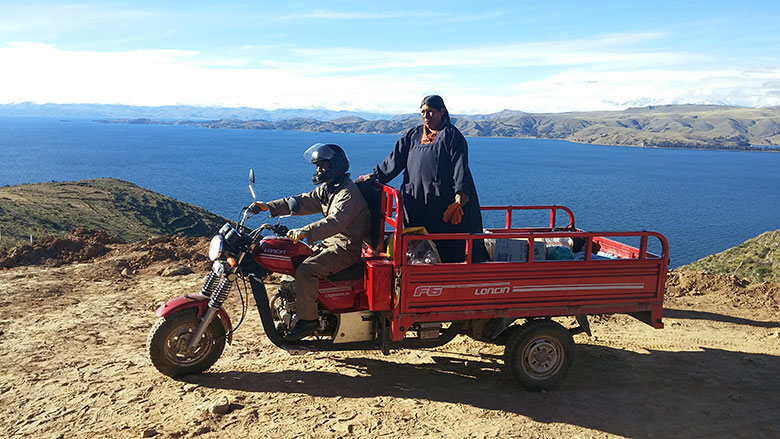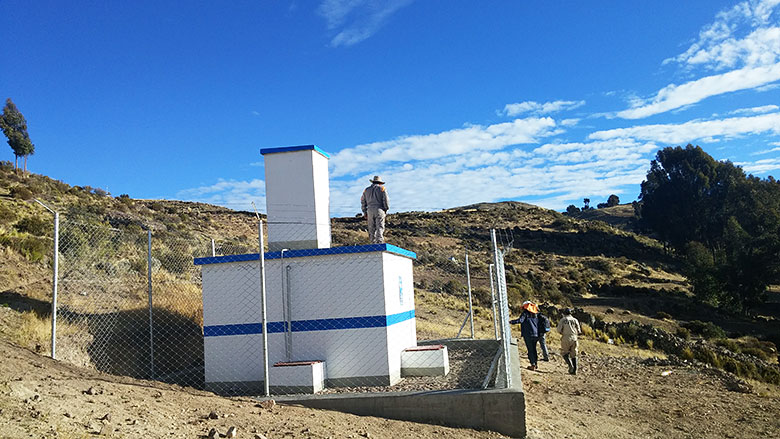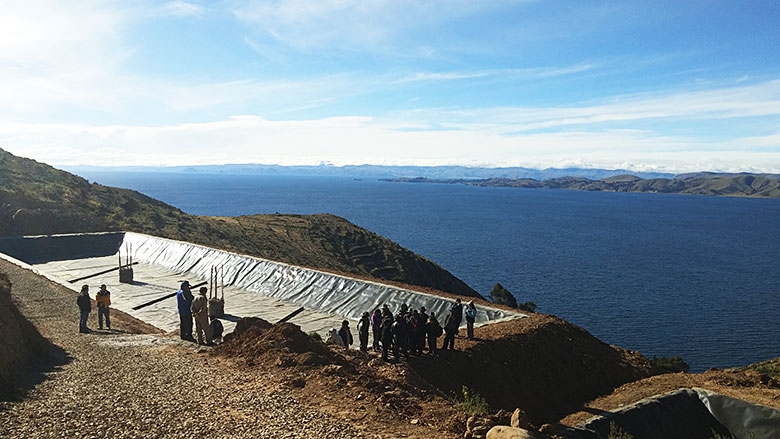Bank Group Contribution
The Bank financing was originally SDR 12.8 million (USD 20 million) and was reduced to SDR 6.33 million (USD 9.9 million) after a partial cancelation of the credit resources.
Partners
The project partnered with the Ministry of Environment, Water Supply and Water (MMAyA) who provided joint technical review. The project also provided important support to the development of the solid waste sector through the investments which were among the first of their type in Bolivia and were of great interest to MMAyA as examples for the sector.
Moving Forward
To help ensure operational sustainability of the project investments, a complementary contract for “community development and institutional strengthening” was undertaken. In addition to communication and consultation activities, the activities developed with the municipalities or water utilities the institutional and organizational framework and the capacity needs and operational procedures to administer and operate the facilities. In addition, a tariff structure was established in consultation with the communities. For the solid waste landfills, support was provided during construction and the beginning of operation through a South-South Exchange with a municipality in Colombia of a similar size. The exchange included visits to Colombia and two visits of the Colombians to Bolivia and was supported by regional experts in the operation of landfills.
Beneficiaries
The Bolivian portion of the Lake Titicaca supports a population of approximately 324,000 people, 93% of which had unmet basic needs. The population is mainly indigenous Aymara, dedicated to agriculture, livestock, tourism, trading, fishing, and mining, activities that rely on the natural resources of the Lake and its surrounding area. The project benefited a portion of this population (57, 817).
Solid Waste Management Systems: These subprojects upgraded and introduced services of urban cleansing (sweeping); waste collection; and waste disposal. It included equipment and works to help modernize these services including vehicles for collection, sweeping equipment, and the construction of disposal sites. The projects were implemented in four municipalities, Copacabana, Achacachi, Tiquina and Tiwanacu with a total beneficiary population of 19,362, the majority of which live in the urban areas of these municipalities.
Rural Water Supply Systems: These systems provided water supply systems for rural households. They included the works to provide the source, storage and delivery through household connections of the water supply. The project established systems in 34 rural communities in 4 municipalities (Puerto Perez, Laja, Achacachi y Huatajata) benefiting 8,414 people and 31 water utilities.
Rural Sanitation Systems: These systems provided basic sanitation for rural households through the construction of ecological sanitation systems. The project established 634 systems in 5 rural communities located in 3 municipalities (Acacachi, Huatajata, and Santiago de Huata) benefitting a population of 2,536.
Sewerage Project in Viacha: The Project financed a sewerage system in a two districts of the city of Viacha which is part of a larger investment in sewerage in the other districts in the city and a wastewater treatment The works financed by the Project include the collection systems for two urban districts with a population of 27,505.



